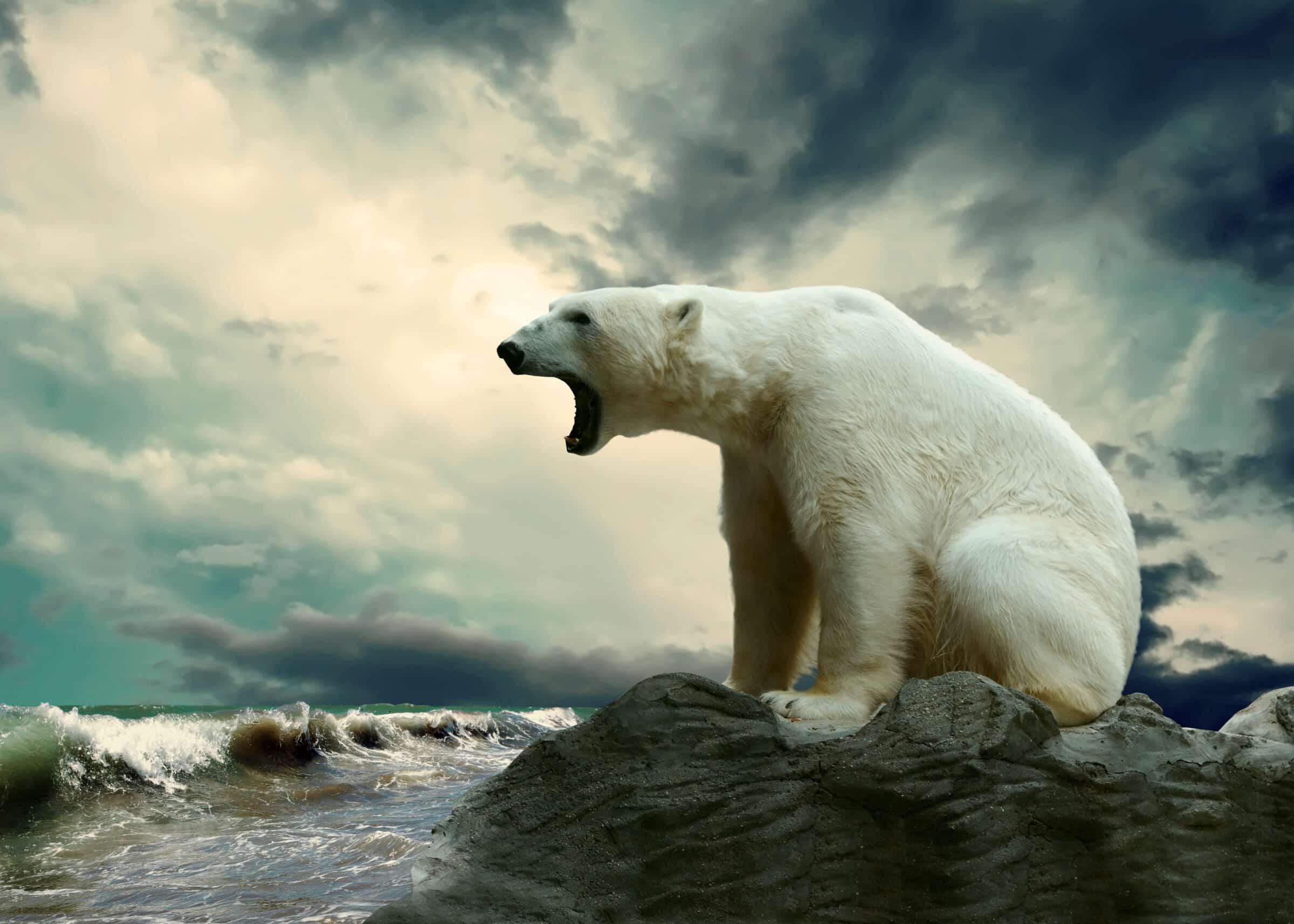 Evolution
Evolution
 Intelligent Design
Intelligent Design
Natural Selection Subtracts, It Doesn’t Add — And That Matters

In my previous post (“A New Look at Natural Selection”), I said that “natural selection” was Charles Darwin’s crowning intellectual achievement, for it created what appeared to be a naturalistic and mechanistic explanation for how organisms evolved. I also noted that evolution itself was already considered to have been well demonstrated in the fossil record by Lamarck and others some fifty years before Darwin.
In the 20th century, natural selection has been almost uniformly adopted by biologists as the explanatory agency for evolution. What appeals to naturalists is that it provides an explanation for the appearance of design in organisms, without an actual designer. Moreover, Darwin had invoked the presence of heritable changes between generations that provided the variety among organisms upon which natural selection could operate. Half a century later, genetics came into focus, seeming to provide the biochemical foundation for Darwin’s intuition as to the cause of heritable variance among species.
Real but Not as Envisioned
Natural selection, we saw, is indeed quite real, but by no means in the way that Darwin envisioned. There can be no doubt that the natural environment establishes severe constraints and requirements upon organisms. In the wild, all organisms must live within their niche. There are no wild polar bears in Arizona, and no iguanas in Alaska. To be sure, the single most incredible fact of the biosphere is the fastidiously precise formation of creatures whose physiology so exquisitely fits their environment. The wonder of this goes far beyond the fact that cetaceans do not breathe through their mouths. Their very existence depends on echolocation, but the funny thing is, it is difficult to hear underwater. Difficult, that is, unless you have a middle ear unique to cetaceans among mammals, making their underwater existence and communication possible. And it’s not just that penguins, who are birds, have bones of greater density than elephants, quite unlike their hollow-boned flying ancestors. They need those iron-dense bones in order to be able to dive for fish, because the rest of their body is composed of fat and feathers, both lighter than water, yet necessary for insulation.
I have further pointed out that the natural environment, which does passively exert selection on living creatures in all of the varying environments, was consciously designed, making the reality of the ecological niche possible.
In Keeping with the Times
History teaches that ideas and inventions comport with the times. Petroleum until 1900 was only used for kerosene, while gasoline was discarded. Now it is the reverse. We do not see any steam engine locomotives in operation anymore. We are actually on the precipice of eliminating internal combustion even for cars. In the same way, ideas from 150 years ago may have been suitable for their time, but very few scientific ideas last forever. When Darwin thought of natural selection, it seemed to make sense in an incredibly oversimplified version of how life actually operates. We are at least fifty years beyond that now. The examples I gave above about exquisite adaptability to unique environments for whales and penguins are utterly trivial compared to the intracellular and inter-organ physiology and biochemistry of every living thing. There really is no reasonable way to believe that all of those trillions and trillions of modifications occurred randomly and without a designer.
It has been said many times before but it is certainly worth repeating: Natural selection creates nothing. It only subtracts. The big question is, how does the uniqueness of form and function among organisms actually originate? That will be the subject of upcoming posts.
